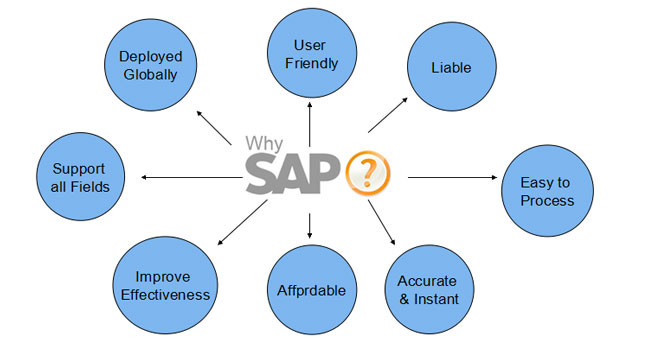
Introduction
In modern computing, applications often need to perform quick existence checks on large datasets without excessive memory consumption. Traditional methods, such as using databases or hash sets, either consume too much space or take too much time.
Enter Bloom filters—a probabilistic, space-efficient data structure that allows rapid set membership checks with minimal memory. While they introduce a small chance of false positives, they are widely used in databases, networking, cybersecurity, caching, and AI inference systems.
Lets explore why they are crucial for system design.
What is Bloom Filter?
A Bloom filter is a bit array combined with multiple hash functions. It provides:
- Fast existence checks
- Minimal memory usage
- No false negatives (but may return false positives)
Typical example of How It Works
- Insertion:
- An element (e.g., “user123”) is passed through multiple hash functions.
- Each hash function maps the element to a bit position in a fixed-size array.
- Those bit positions are set to 1.
- Membership Check:
- When checking if “user123” exists, it is hashed again.
- If all corresponding bit positions are 1, the filter assumes the element is present.
- If any position is 0, the element is definitely not in the set.
|
False Positives: If all bits happen to be set from other elements, a Bloom filter may incorrectly indicate presence. No False Negatives: If an element is not present, it will never falsely appear as existing. |
Advantages of Bloom Filter
| Feature | Benefit |
| Memory-Efficient | Uses significantly less space than traditional data structures |
| Fast Lookups | Requires only a few hash computations, making checks O(1) |
| Probabilistic Guarantees | Acceptable false positives, no false negatives |
| Scalable | Can handle massive datasets without consuming excessive RAM |
Some Practical Use Cases of Bloom filters
Database Query Optimization
- Scenario: Instead of querying a database for non-existent records, a Bloom filter can act as a pre-check.
- Example: Web crawlers use Bloom filters to track visited URLs before making a redundant HTTP request.
Efficient Cache Lookup (CDNs & Web Services)
- Scenario: A Bloom filter can avoid unnecessary cache lookups by filtering non-existent keys.
- Example: Content Delivery Networks (CDNs) use Bloom filters to check whether content is cached before querying the backend.
Cybersecurity & Threat Detection
- Scenario: Bloom filters help in quickly identifying known malicious IPs, domains, or signatures.
- Example: Spam filters use them to check if an email’s sender is blacklisted.
AI & Machine Learning Pipelines (One of many use cases!)
- Scenario: In ML training pipelines, Bloom filters help avoid duplicate data ingestion.
- Example: Before storing embeddings in a vector database, a Bloom filter can pre-check if they were already indexed, reducing redundant storage operations.
Blockchain & Cryptography
- Scenario: Bitcoin nodes use Bloom filters to efficiently check if a transaction belongs to a wallet without downloading the entire blockchain.
Limitations
While Bloom filters are powerful, they have limitations:
| False Positives: They may say “present” when an item isn’t, leading to unnecessary follow-up checks. No Deletions: Standard Bloom filters do not support deletions; once a bit is set, it cannot be unset. Memory vs. Accuracy Trade-off: A smaller Bloom filter increases false positives. |
|
Workarounds: • Counting Bloom Filters: Use counters instead of bits to allow removals. • Tunable Bloom Filters: Adjust size & hash functions to minimize false positives. |
Quick sneak peek into RedisBloom
For real-world production use cases, RedisBloom — a Redis module — provides a highly efficient Bloom filter implementation with additional features like Count-Min Sketch, Top-K, and Cuckoo filters.
| docker run -p 6379:6379 –name redisbloom redislabs/rebloom:latest |
Post a comment Cancel reply
Related Posts
Empowering Business Analysts: How AI is Revolutionizing Agile Practices
In today's fast-paced digital landscape, Agile methodologies are no longer optional— they're essential for organizations…
What is SAP? How does it work?
The full form of "SAP" is “Systems Applications and Products in Data Processing” which is…
Optimizing React Performance: An Advanced Guide for Scalable Applications
In today’s fast-paced digital ecosystem, software systems have become the backbone of every enterprise’s technological…
Types of Software Layers
In today’s fast-paced digital ecosystem, software systems have become the backbone of every enterprise’s technological…


















